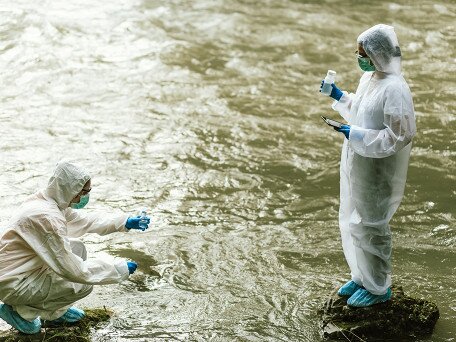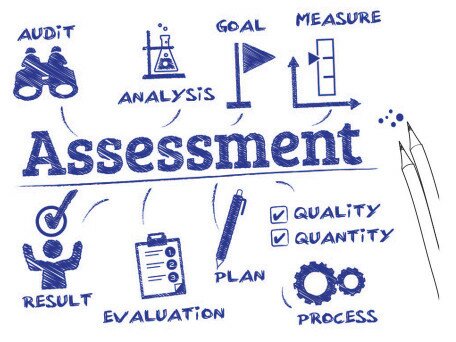Pharmaceutical residues in the source water and water treatment system
- 项目计划:
- 优配研究金
- 项目年份:
- 2020/2021
- 项目负责人:
- Dr LAM, Chung Wah James
- (科学与环境学系)

The overall aim of this study is to identify and quantify pharmaceutical residues and their possible degradation products at a number of water treatment works to investigate their source and fate by mass balance analysis, and to evaluate potential health risks based on exposure levels in the treated drinking water.
Pharmaceuticals are designed for disease treatment or prevention, therefore, they alter the physiological function of organisms, whether that’s of aquatic fauna or in humans. The widespread existence of pharmaceutical residues in water systems has been known about for years. The impact this has on human health, even when present at trace levels, is of increasing concern worldwide, including among governments as well as scientists and the general public. The potential risk to human health from exposure to these “pseudo-persistent” and “biologically active compounds” via drinking water cannot be overemphasised. The concern is that continual discharge of municipal wastewater and effluent that contain excretions from humans who have been taking medication, and also from the disposal of medication from a number of sources, contaminate the source waters and are then detected in our drinking water. In Hong Kong, source waters come from local catchments as well as imported source (mainly from the Dong River which is the eastern tributary of the Pearl River in Guangdong province). It’s a daily challenge to treat the vast amount of raw water created in one of the most densely and populated cities in the world and there are many treated different treatment methods being used. Despite these efforts, recent studies have found that the removal of these biologically active compounds by such water treatment processes is worryingly low. In addition, increasing contamination by pharmaceutical residues has been reported in the wastewater and corresponding receiving environments of South China. Given these low elimination rates alongside increasing demands for pharmaceuticals in populated regions (Hong Kong and cities in Guangdong), it is conceivable that chemicals are polluting the source waters. Furthermore, emerging concerns about the degradation products of pharmaceuticals has led to further concerns about the safety of drinking water. Undoubtedly, there is currently a lack of fundamental information about their distribution and fate of these water-borne and biologically active chemicals in the water treatment systems and source waters. It is therefore imperative to investigate them in different water treatment plants adopting conventional and advanced techniques, in order to keep track of changes in the water quality. Consequently, the overall aim of this study is to identify and quantify pharmaceutical residues and their possible degradation products at a number of water treatment works to investigate their source and fate by mass balance analysis, and to evaluate potential health risks based on exposure levels in the treated drinking water.








